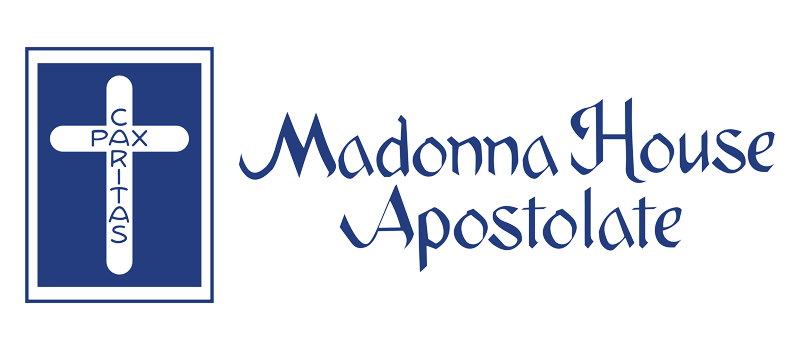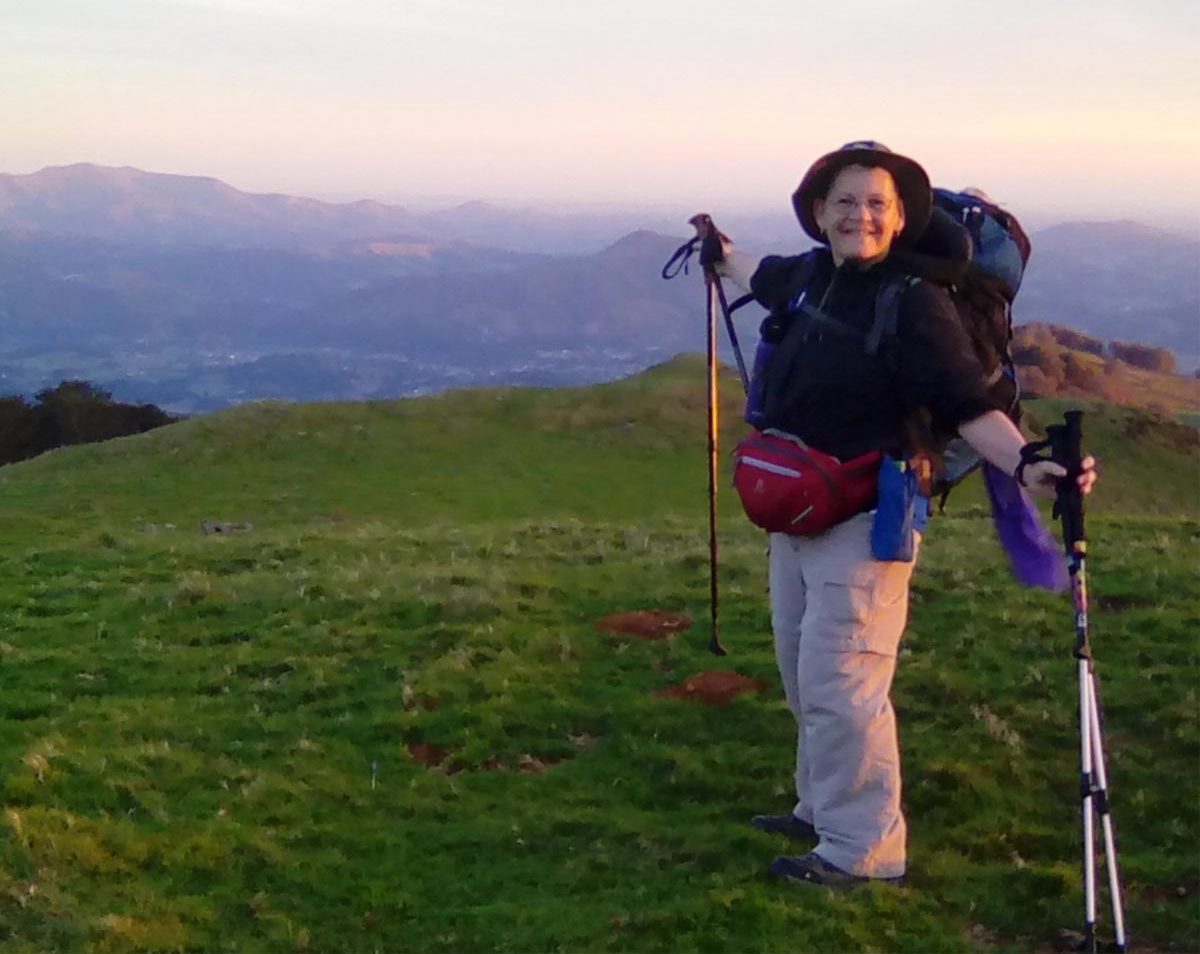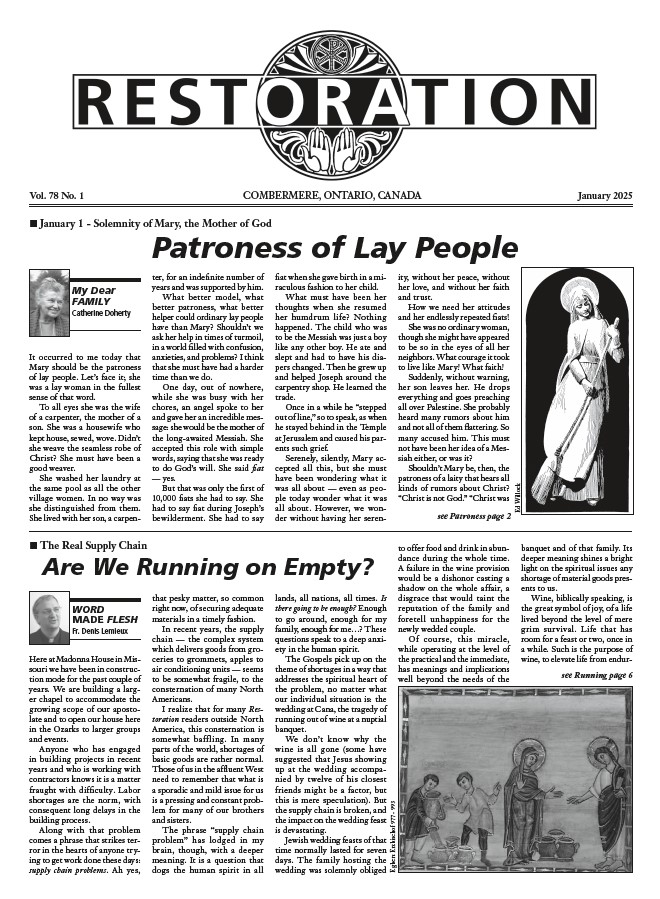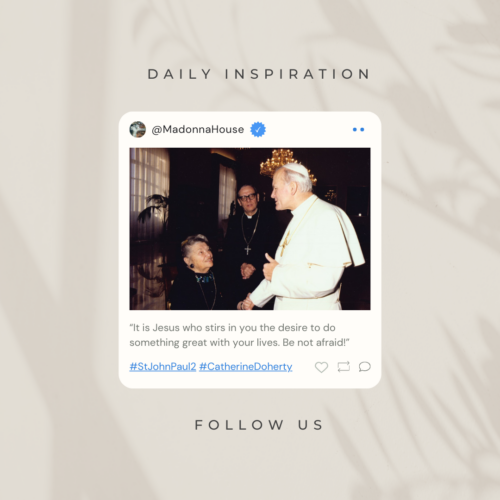This content has been archived. It may no longer be relevant
It wasn’t the thousands of miles we flew, nor the different time zones we passed through, not even the different languages we heard around us.
Somehow, when Ruth Siebenaler and I started walking, we moved into a God-zone, a God-space—of grace and mercy, of silence and moment-to-moment, step-by-step living, of gratitude and of hearts filled with joy. And we had fun! Lots of it.
After years of dreaming and a year and a half of planning, Ruth and I began our Camino de Santiago in St. Jean Pied de Port, France on October 11th.
Our camino had only two weeks, so we walked most of the first part of the Camino Frances to Pamplona, took a train to Astorga and then walked the bulk of the final kilometers to Santiago de Compostela.
I only have to pause a moment in silence to hear the sounds of the camino: our boots moving one step after another, our trekking poles hitting the soil or the asphalt, the birds, the winds, the Buen Camino of other pilgrims!
And if I close my eyes, I see the vast sweep of the Pyrenees, the grapes on the vines, Ruth picking the blackberries, apples, or walnuts we so enjoyed, the streams, the littlest of villages with such hospitality, and the botafumeiro (the huge incenser) swinging in the vast Santiago Cathedral, taking our prayers up like the incense.
Ruth and I walked more than 300 km (186.5 miles) on this ancient pilgrimage, and from the beginning we knew it was a call to pilgrimage. Because we had less time than the traditional 30-35 days to do the whole Camino Frances, we made some decisions.
We chose not to spend time in cities. We also knew that once we started walking we needed to depend on God’s providence, so we did not book ahead. He never let us down, and gave us some lovely surprises.
We had prepared beforehand. Daily we entrusted our upcoming pilgrimage to the Lord. We took longer and longer walks on our days off. We broke in our boots and prepared our hearts.
This pilgrimage of trust began before we left Canada, through two key events. We both knew that 27 km (17 miles) up (and then down) on our first day would be too much for us, so we had booked the small hostel at Orisson, which would allow us a break up the long uphill climb of the Pyrenees.
Then a month before we left they emailed us to say they were closing early for renovations! Now what, Lord? Eventually we were able to arrange a taxi to pick us up after 10 km, return us to St. Jean, and in the morning bring us back. It worked fine and God did provide!
The second challenge to our Camino came when I broke a bone in my foot, three weeks before departure. Oh no!
With help from my chiropractor and my doctor –and despite the orthopedic doctor’s hesitancy, I wrapped my foot in an ace bandage, put on my hiking boots for those last three weeks, and then went.
I was slower, but Ruth was very kind and patient and we did it!
We started each day with our MH traditional prayers for the travelers, adding Nuestra Señora de Morgade (or wherever we were) and Nuestra Señora de Santiago.
At some point each day, we prayed for our benefactors, those who had given us so many little things to make this possible—the knife we cut the wonderful homemade sausages and cheese with, the headlamps we used to walk in the morning dark, the quick-dry clothes we wore, the backpacks we borrowed, the boots and socks we walked in, the money that helped pay for flights, food, a room when all hostels were full. We named everybody and prayed for them.
At another point each day, we went dorm by dorm through Madonna House in Combermere, remembering each staff and guest (and those who had come while we were away, whoever they are, Lord!) and through all of our houses. We prayed for our MH benefactors and those who get Restoration.
As we walked we met other pilgrims. We greeted each other with the traditional Spanish greeting: Buen Camino! (Good Walk!) We engaged in conversation with some. They were from all over: Europe, Asia, South and North America, Australia and New Zealand, Africa.
We talked as we were able, with someone translating if they could, or using some English, some Spanish. Sometimes we walked for an hour or two with other pilgrims and shared our stories, our hopes, our faith.
Sometimes we just needed quiet and one of us would suggest it. At that point we would stay together, singing the Jesus Prayer three or four times and then separate to our own quiet.
The singing continued in our hearts as we walked.
Lord Jesus Christ, mercy.
Lord Jesus Christ, mercy.
Lord Jesus Christ, mercy.
Lord, have mercy.
We walked in beauty. The Pyrenees are amazing!
Our second day the winds were strong (we were later told 50-60 miles per hour). We would take a step forward and be blown to the side three more steps. There was a statue of Our Lady of Orisson that we wanted to photograph, but the wind prevented us from getting anywhere near her.
Before I left, one of my older brothers tried to convince me that 71 was an age to retire, not walk hundreds of kilometers! There were moments on day two that I thought Bob was probably right—until I did it and loved it.
Coming down from the Pyrenees was difficult on all, and with my broken foot I had to go very carefully and slowly. My arthritic knees were shot the first couple days, but after that, they were fine.
Each day we began walking before dawn and then watched with awe as the sunrise broke over the mountains or hills and the valleys were full of mist. We passed through very small villages and saw signs of faith, of farming, of hospitality.
We greeted local people with Hola and Buenos Dias and received greetings back and often longer conversations. These we had to work at, as my Spanish is more than 50 years rusty, but we did communicate.
One man invited us to climb the steps of his home to be given a taste of their homemade cheese, which his wife and adult daughter handed us. It was delicious and we bought some, as well as cherry tomatoes—and then they gave us each a freshly fried sweet.
We told other pilgrims about this find, and one later told us we had made her day. As we left, the farmer pointed out his cows and told us these were the mothers who had provided our cheese.
In another small village, a couple had a sign inviting us into their courtyard, laden with homemade cheese, sausage, sweets, drinks and fruit. It was all donativo—leave a donation.
A few albergues—the Spanish term for the most basic of hostels which we stayed in (bunk beds in common rooms)—were also donativo, carrying on a long-Camino tradition. Others were not expensive.
Often volunteers, who had walked caminos themselves, offered a week or more of their time to welcome pilgrims to the albergues. We met kind and generous people.
We walked and we walked and we walked. For two weeks. We walked. Up early. Leave before dawn. At some time stop for café con leche and a breakfast snack. Walk. Walk more. Stop a bit. Eat some cheese, sausage, or chocolate. Walk. Walk more.
We were slow. At least, I was slow, but Ruth walked at my pace. In the late afternoon we found an albuergue and settled in. Washed some clothes. Ate supper. Went to bed. In the morning we started walking again.
God worked in our hearts. Inner stillness grew. Joy increased. Peace reigned in new depths.
Getting to Santiago was more touching than we had expected. We walked into the square in front of the grand cathedral to the tune of a Galician bagpipe. Tears flowed from us both.
We saw some friends we had met over and over in our last week—Mariana and her mother Amanda. We were with Amanda when she turned 70. Home in Argentina, the family would typically have spent a fortune on a big party for her; but they knew she did not want that. So they gifted her and Mariana with the Camino trip, something Amanda had dreamt of for years.
They were full of joy and we became good friends, even with limited Spanish and English.
We went to the Pilgrim’s Office and got our official Compostela—a beautifully decorated Latin certificate saying we were pilgrims to Santiago. We went to the noon Pilgrim Mass and thanked the Lord for such a special journey, for upholding us and leading us, and gifting us with grace upon grace. And then He gave us one more gift: the botafumeiro flew!
This is a huge incenser in the cathedral, which is used on very special feasts. It takes eight men to swing it, and 10 kg of incense each time it is used. Pilgrims or tourists can pay a hefty fee to have it swing at a non-scheduled, non-feast day Mass.
We were traveling at one of the less busy times so the chances seemed slim. But there it was, sending our prayers up like incense before the Lord! It was awesome and connected us to the thousands of pilgrims who have walked this route since medieval times. I experienced Church that day in a new way.
We returned to an evening Pilgrim’s Mass and again the noon Mass the next day. Each time the botafumeiro was used and each time we knew God’s lavish hand upon us.
I can close my eyes and be back there in the cathedral, knowing the mercy and grace of Our God.
People ask me, “Would you go again?” Oh, yes, if I could! But the Camino remains in my heart. In the camino of my daily life, my heart is more at peace, more silent, more trusting of my Lord who provides. It is a lesson from my brief encounter with the Camino de Santiago.
